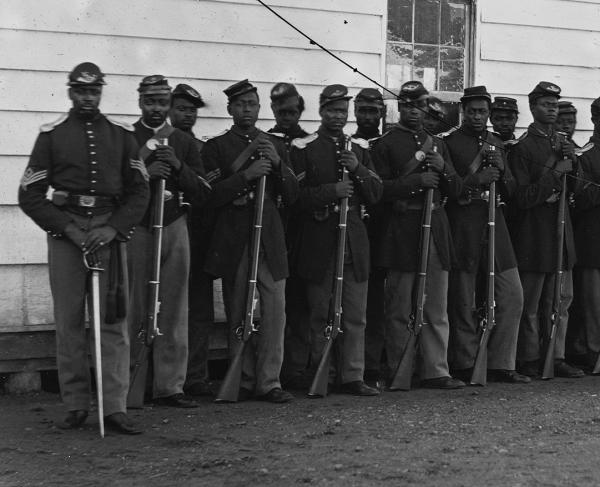South Asheville Cemetery
North Carolina
20 Dalton St
Asheville, NC 28803
United States
This heritage site is a part of the American Battlefield Trust's Road to Freedom: North Tour Guide app, which showcases sites integral to the Black experience during the Civil War era. Download the FREE app now.

This is the oldest African American cemetery in Western North Carolina sheltering the remains of nearly 2,000 people, most of them buried by a formerly enslaved United State Color Troop (USCT) veteran.
The first people buried here in the mid-1800s were enslaved by the Smith and McDowell families who also owned the land. We know little beyond their age and gender while living, and nothing about their burials.
In 1865, George Avery, likely born enslaved in nearby Marion, is suspected to have escaped from bondage (to William McDowell) and followed Stoneman’s liberators over the mountains to Greenville, Tennessee. There he joined the 40th USCT regiment on April 29. He guarded railroads for a year following the war before returning to Asheville where former Confederate Major McDowell appointed him caretaker of the old slave cemetery.
Avery worked as a laborer and brick molder, bought property from the McDowells, and became active in his community. But for 72 years, Avery’s most enduring contribution was overseeing the burial of hundreds of Black men, women, and children within this two-acre plot. He and other trustees from St. Mark A.M.E. Zion Church purchased the cemetery from the McDowells in 1890 and, together with the adjacent St. John “A” Baptist Church, administered the cemetery to serve their members and Asheville’s wider Black community.
Avery died in 1938, and he rests under a military headstone — one of less than 100 identifiable markers remaining. Traces of other graves — marked with rocks, bricks, metal stakes, fragments of finished stone, broken markers, and sunken ground — dot the cemetery, which closed for burials after 1943 and became overgrown.
In the 1980s, St. John “A” Baptist Church members began restoring the property and rediscovering its history. Since then, thousands of volunteers have honored those buried here by maintaining the site and its place in Asheville’s story.

